Iron is an essential trace element that our body needs for numerous functions—including oxygen transport, red blood cell formation, and immune system support. An iron deficiency can manifest itself in symptoms such as fatigue, paleness, or difficulty concentrating. Proper nutrition plays a key role in preventing these symptoms.
But how can you improve your iron absorption and prevent iron deficiency? Here you'll learn which foods help, which factors influence absorption, and when supplementation with dietary supplements might be beneficial.
The most important things in brief
Iron from animal foods (heme iron) is better absorbed than plant iron (non-heme iron).
Vitamin C and fruit acids improve iron utilization, whereas calcium, phytic acid and tannins inhibit absorption.
Women, athletes and vegetarians often have a higher iron requirement and may benefit from targeted supplementation.
A blood test at the doctor can determine whether the body is sufficiently supplied with iron
Iron in the diet:
The basics
Iron is found in various foods, but not all sources are equally usable by the body. There are two forms of iron:
1. Heme iron
Heme iron is found in animal foods such as meat, fish, and poultry. It is particularly well absorbed by the body, with an absorption rate of approximately 20 to 30%.
2. Non-heme iron
Non-heme iron is found in plant foods such as legumes, green leafy vegetables, whole grains, and nuts. Absorption of non-heme iron is lower, at approximately 5 to 15%. However, it can be improved through targeted combinations [1].

Iron-rich foods:
The best sources
Animal sources:
Beef, pork and poultry
Liver (very high in iron, but should be consumed in moderation)
Fish and seafood, such as tuna and mussels
Plant sources:
Lentils, chickpeas and white beans
Spinach, chard and broccoli
Oat flakes, millet and quinoa
Nuts and seeds, especially sunflower seeds and almonds [2]

Optimize iron absorption:
Tips for a supportive diet
The bioavailability of iron from food can be increased or decreased by certain dietary habits.
Here are some tips for you:
Promoting foods:
Vitamin C increases iron absorption from plant sources. Combine iron-rich foods with peppers, oranges, berries, or lemon juice for improved absorption.
Fruits containing fruit acids can also promote iron absorption, such as pineapple or strawberries.
Inhibiting foods:
Dairy products and calcium can inhibit iron absorption, so they should not be taken directly with iron-rich meals.
-
Phytic acid, found in whole grain products, legumes, and nuts, also reduces iron absorption. However, soaking or sprouting foods can mitigate this effect.
Tannins and polyphenols are found in tea, coffee, and red wine. Avoid drinking these beverages directly with meals to avoid inhibiting iron absorption [3].
When is supplementation with iron supplements useful?
Despite a balanced diet, many people fail to meet their iron needs. This particularly affects:
Women with heavy menstruation
Pregnant and breastfeeding women
Vegetarians and vegans
competitive athletes
-
People with certain chronic diseases such as celiac disease or inflammatory bowel disease [2]
In these cases, dietary supplements can help meet your needs. If you often feel tired or weak, you may have an iron deficiency. A blood test will determine whether iron supplementation is beneficial.

Are you suffering from iron deficiency and looking for a tolerable solution? The FemBe Iron & Lactoferrin - Be3 Iron Formula offers a stomach-friendly combination of highly bioavailable iron bisglycinate, natural vitamin C from rosehips, and bioactive lactoferrin. Perfect for gently and effectively replenishing your iron stores – without the typical side effects of conventional iron supplements.
✨ Discover now and do something good for your health!
Take iron supplements correctly:
The most important rules
To ensure your body can utilize iron optimally, you should pay attention to the following points:
1. Time of intake
Iron should ideally be taken on an empty stomach, approximately one hour before or two hours after a meal. This avoids interactions with other foods and minerals.
If you have a sensitive stomach, you can take the preparation with a small meal.
2. Combination with vitamin C
Vitamin C improves iron absorption. Combine your supplement with a glass of orange juice or a vitamin C capsule to increase absorption.
3. Avoid inhibitors
Avoid consuming dairy products, tea or coffee for at least one hour before and after taking the medication [4].
4. Observe dosage
Stick to the recommended amount – an overdose can cause side effects such as nausea, constipation or, in the worst case, iron overload [2].

Conclusion
Iron is essential for your health, but not all sources are equally effective. Heme iron from animal foods is absorbed efficiently, while plant-based iron should be combined with vitamin C to improve absorption. At the same time, calcium, phytic acid, and tannins inhibit iron utilization.
If you experience symptoms like fatigue despite an iron-rich diet, a blood test can help determine your iron status. With the right diet and targeted adjustments, you can keep your iron levels stable over the long term and feel more energized.

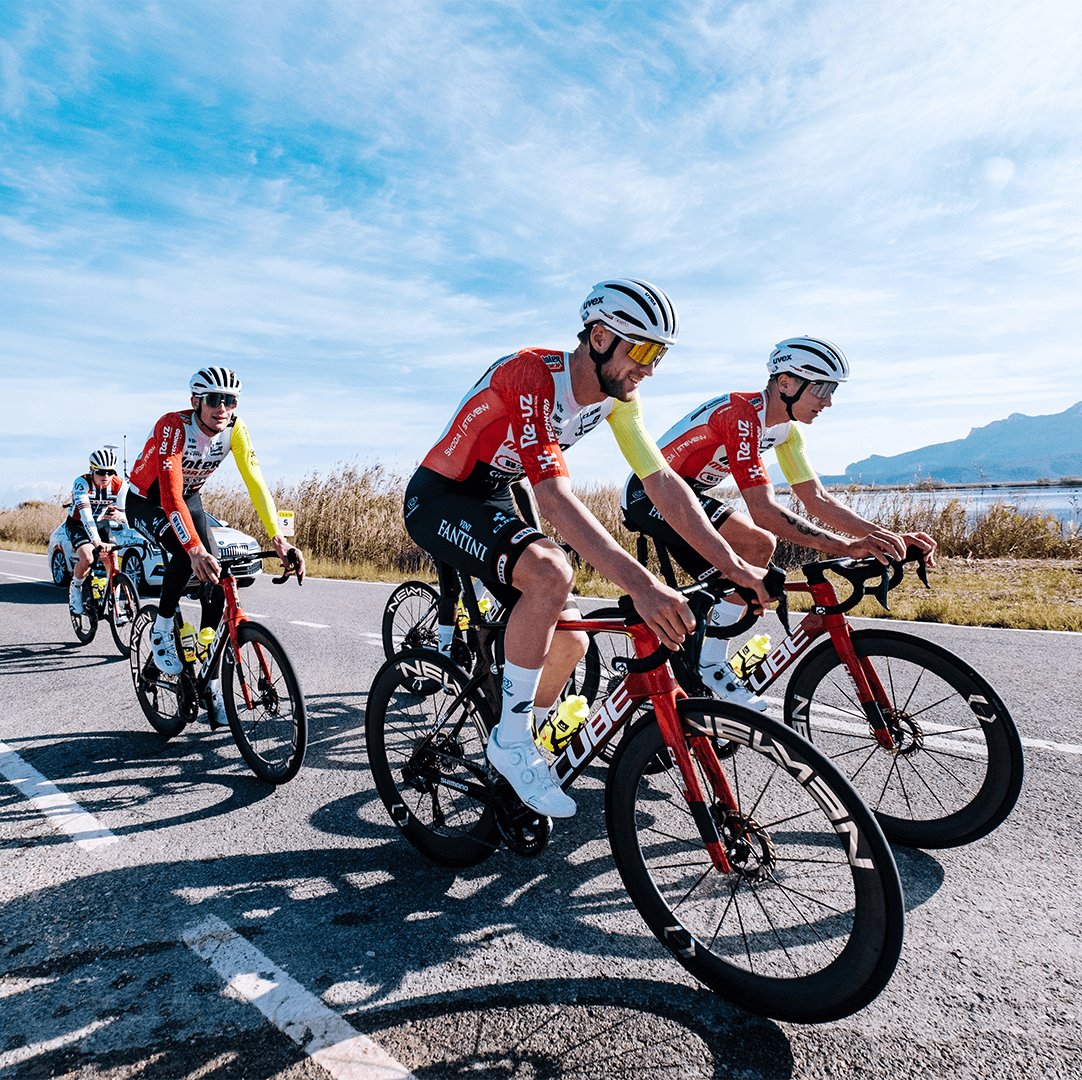
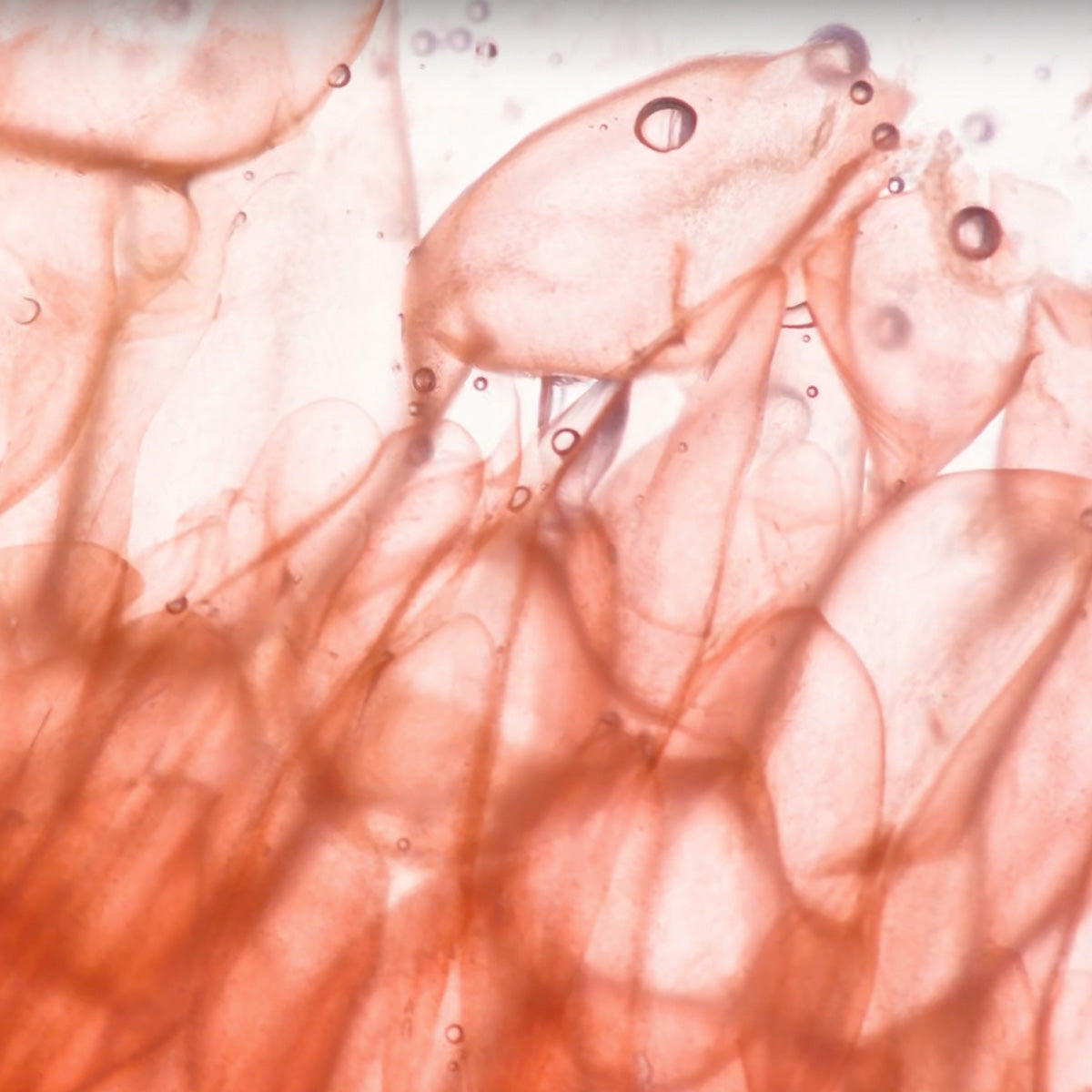
![Zinc Capsules [Zinc Bisglycinate]](http://cellavent.de/cdn/shop/files/CH_essentials-zink-kapseln-Produktbilder_2025.png?v=1760952204&width=104)

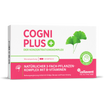
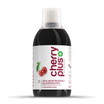
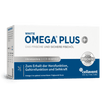
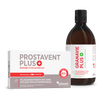
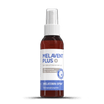
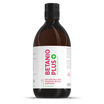
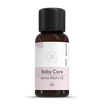
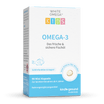
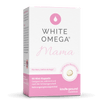
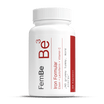
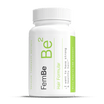
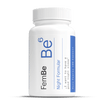
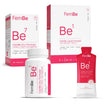
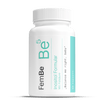
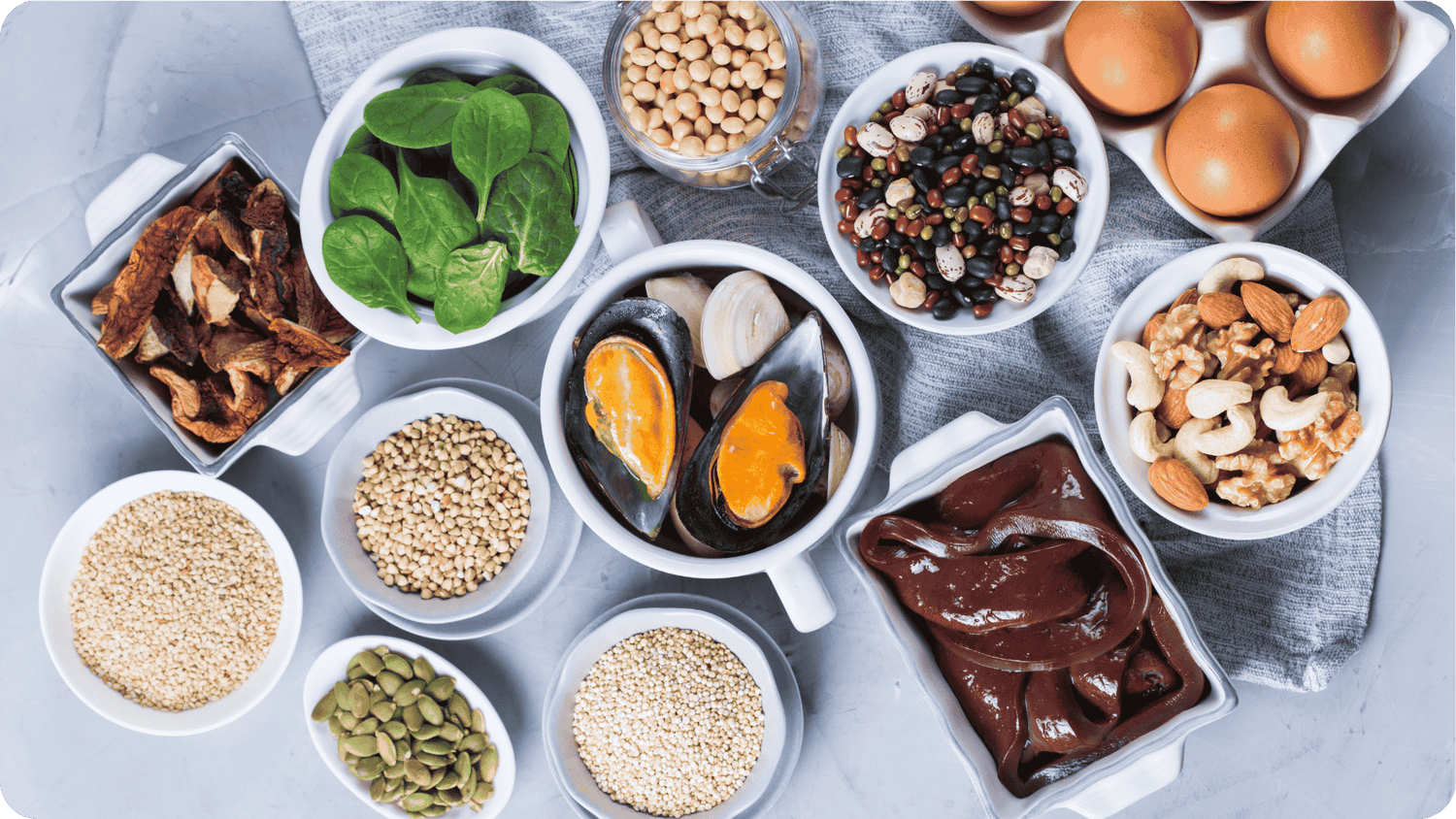

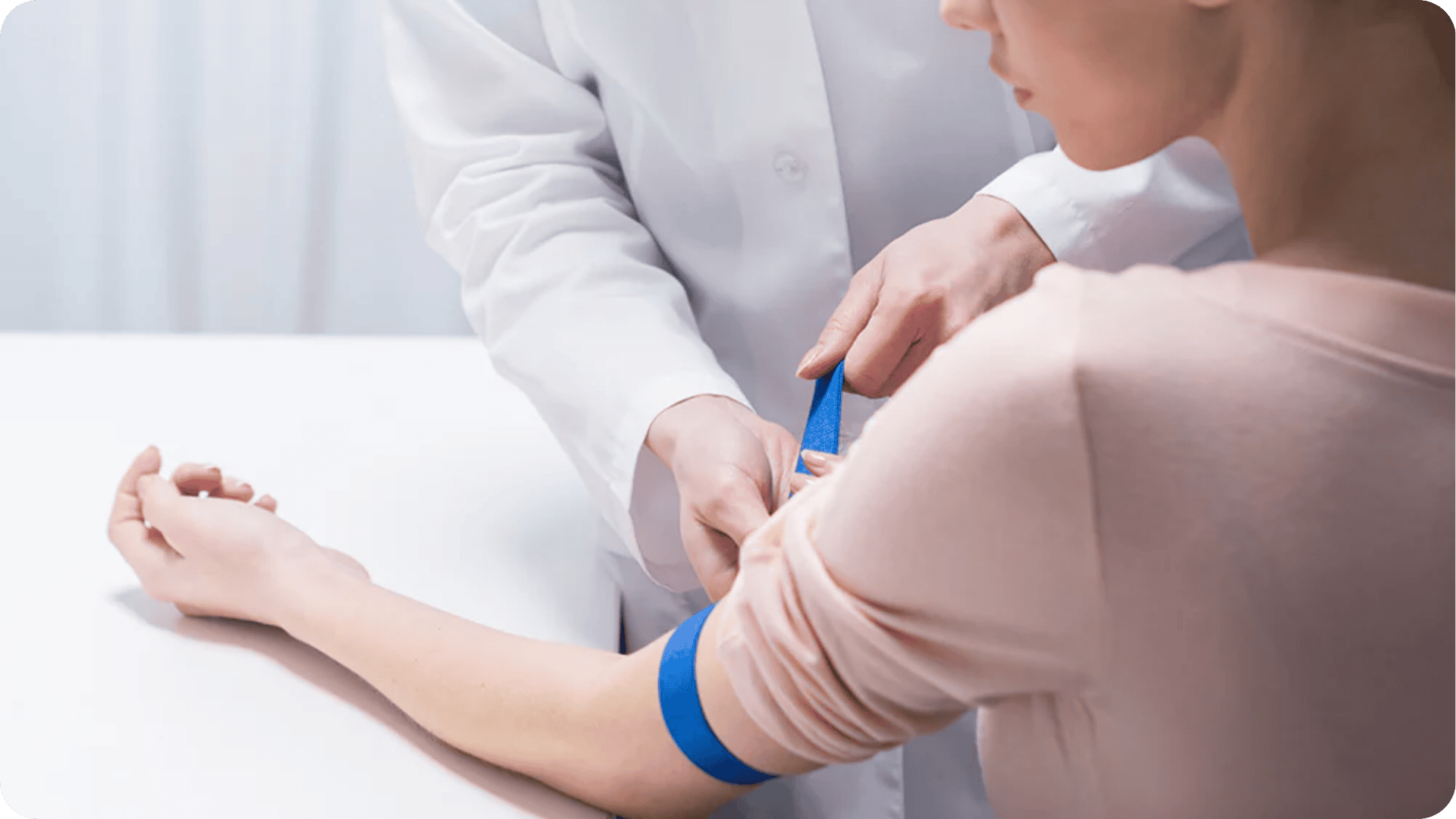
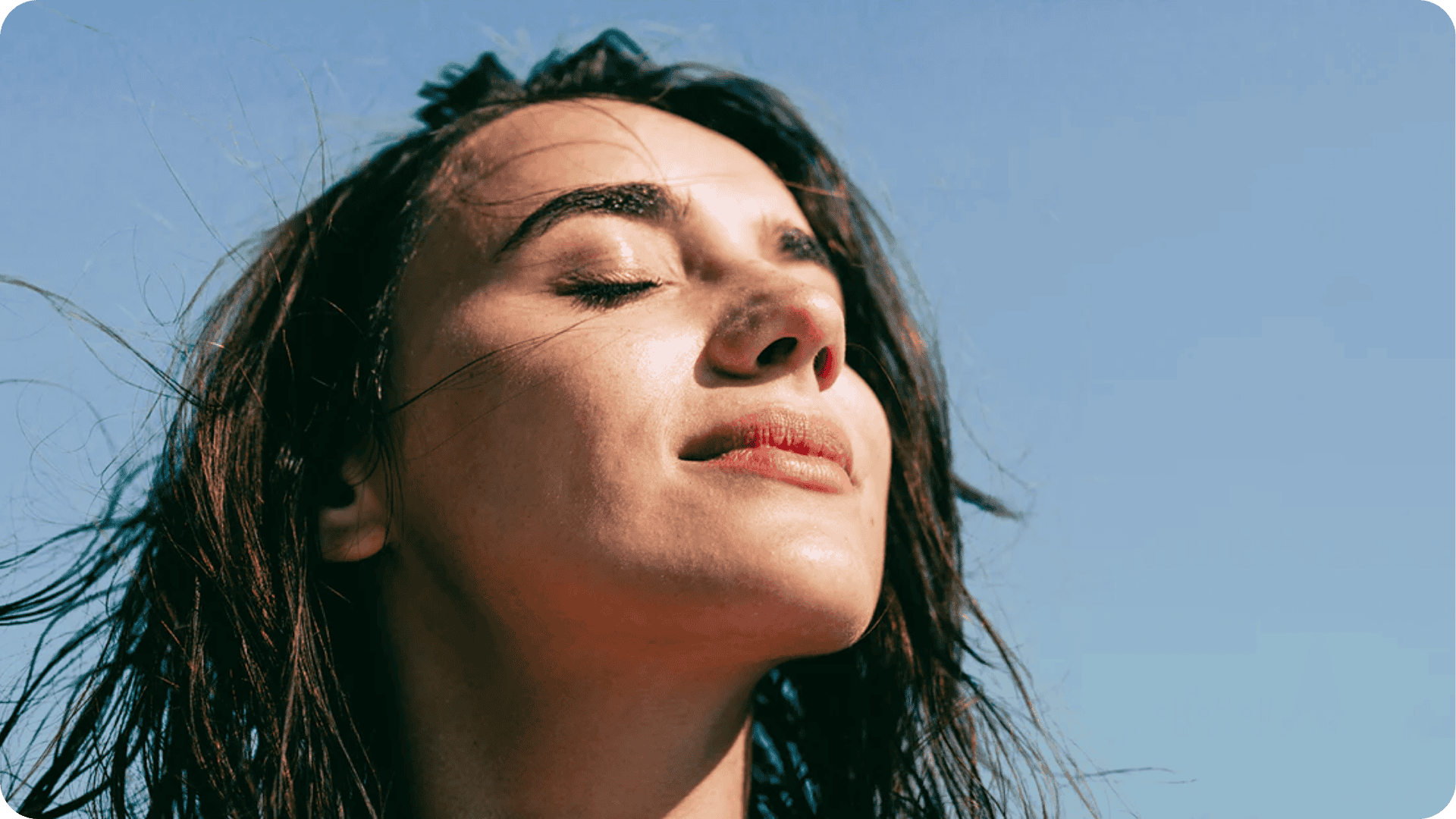
Leave a comment
This site is protected by hCaptcha and the hCaptcha Privacy Policy and Terms of Service apply.